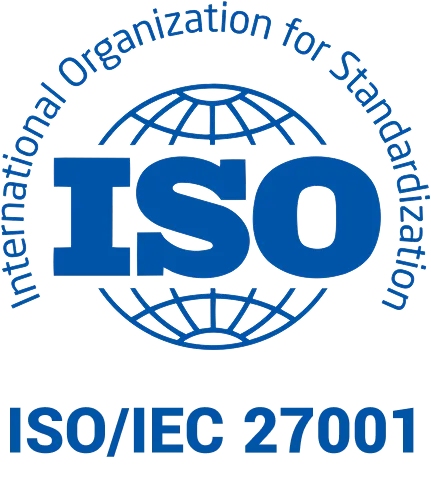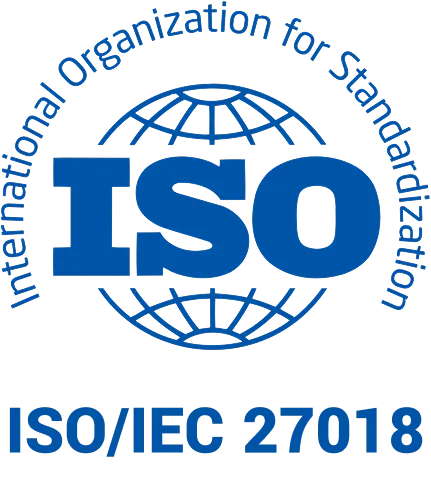
Cost Estimate in HR: Structure, Use Cases, and Expense Planning
Cost Estimate: Structure, Application, and Expense Planning
A cost estimate is a fundamental planning document that plays a key role in managing an organization’s finances. For HR professionals, it is an indispensable tool for effective expense planning, especially in the context of managing the Company Social Benefits Fund (ZFŚS). A well-prepared estimate enables not only financial liquidity control but also strategic planning of employee benefits and cost optimization.
What is a Cost Estimate and What Functions Does It Serve?
Definition and Role of a Planning Document
A cost estimate is a detailed list of planned revenues and expenditures of an organization for a specific period, usually a calendar year. In the context of human resources management, it serves as a roadmap for all financial activities related to employee benefits and social allowances.
Main functions of a cost estimate include:
- Financial planning – precisely defining the organization’s financial needs.
- Expense control – ongoing monitoring of budget implementation.
- Forecasting – supporting decisions on future investments.
- Transparency – ensuring clarity in the management of public or fund-based resources.
Differences Between Cost Estimate, Budget, and Financial Plan
Although these terms are often used interchangeably, there are subtle differences:
DocumentCharacteristicsApplicationCost EstimateDetailed list of planned revenues and expendituresPublic institutions, special fundsBudgetGeneral financial plan of an organizationPrivate companies, householdsFinancial PlanStrategic, long-term documentStrategic planning, business development
Creating a Cost Estimate in Practice
Key Elements: Revenues, Expenses, Balance
Every cost estimate should include three fundamental components:
- Revenues (income):
- Mandatory and optional contributions
- Funds from previous years
- Bank interest
- Additional financing sources
- Expenses (costs):
- Current expenses
- Investments
- Employee benefits and allowances
- Administrative costs
- Balance:
- Difference between revenues and expenses
- Reserve for unforeseen situations
- Financial equilibrium control
Documents Used to Draft a Cost Estimate
To prepare a cost estimate, the following documents are essential:
- Previous years’ financial reports
- Fund regulations (e.g., ZFŚS)
- Contracts with contractors
- Economic forecasts
- Organizational development plans
Cost Estimate of the Company Social Benefits Fund (ZFŚS)
Obligation and Legal Basis
According to the Polish Act on the Company Social Benefits Fund, employers with at least 50 employees (as of January 1 of a given year) are required to create a ZFŚS. Its cost estimate regulates rights and obligations in the area of social benefits.
Basic Contribution to ZFŚS and Calculation
The statutory base contribution is set as a percentage of employees’ gross wages. Employers may also make additional (optional) contributions, thereby increasing the pool of available funds.
Adjusting Contributions During the Year
Corrections may be necessary in case of:
- Employment changes
- Wage increases
- Additional social needs
- Unused funds
Financial and Operational Plan as a ZFŚS Cost Estimate
A ZFŚS plan should include:
- Revenues: base and optional contributions, carryovers from previous years, bank interest.
- Planned expenditures: vacation subsidies, cultural and educational activities, sports and recreation, emergency assistance, reserve for unforeseen needs.
Cafeteria System as a Tool for Managing Benefits
The cafeteria system is a modern solution that revolutionizes the management of employee benefits. It is based on an online platform where employees can select benefits themselves using allocated points or funds.
Key advantages include:
- Flexibility in benefit selection
- Automated administrative processes
- Transparency of fund allocation
- Better alignment with employees’ individual needs
👉 In this context, the Nais platform provides comprehensive support for ZFŚS, enabling full automation of fund management.
Sources of Revenue and Planned Expenditures
Typical Sources of Funding
- Statutory base contribution
- Optional additional contributions
- Funds carried over from previous years
- Bank interest
Categories of Planned Expenditures
CategoryExample ExpensesVacationTravel subsidies, children’s campsCultureTheater, cinema, concert ticketsSportsGym memberships, pool passes, sports equipmentChildcareNurseries, kindergartens, campsMaterial AidEmergency assistance, holiday gift packagesHousingHousing loans, subsidies
Cost Estimate as a Tool for Financial Liquidity Control
The Role of Payment Forecasts
A cost estimate provides the foundation for payment forecasts, allowing organizations to anticipate financial flows. Accurate forecasts help to:
- Avoid liquidity issues
- Optimize fund management
- Plan investments
- Control settlements with contractors
Liquidity Analysis and Cash Balance
Liquidity analysis enables estimating the cash balance at any future date, considering:
- Cash on hand and bank accounts
- Payment deadlines for receivables and liabilities
- Potential payment delays
- Seasonal activities
Effective control requires:
- Ongoing budget tracking
- Analysis of deviations
- Corrective measures
- Forecast updates
IT Tools Supporting Cost Estimates
enova365 Cost Estimate – Functions and Applications
Key functionalities include:
- Cash balance forecasting
- Accounts receivable/payable analysis
- Payment deadlines monitoring
- Reporting and tracking
This system enables:
- Simplified planning
- Eliminating liquidity risks
- Accurate forecasts
- Optimized fund management
Accounts Analysis as Forecasting Support
It helps to:
- Identify payment deadlines
- Consider historical delays
- Assess credit risk
- Optimize payment terms
Use of Cost Estimates in Different Organizations
Public Sector – Obligations and Regulations
Here, cost estimates are legally required and must ensure:
- Detailed budget classification
- Compliance with budget law
- Transparency of public spending
- Legal conformity
Private Companies – Planning and Finance Management
In the private sector, a cost estimate serves as a financial management tool to:
- Plan business development
- Control operating costs
- Optimize processes
- Increase efficiency
👉 In this case, Nais’s automated ZFŚS management solution can significantly improve efficiency.
Financial Planning in Business with a Cost Estimate
Role in Financial Strategy
A cost estimate is part of an organization’s financial strategy by enabling:
- Strategic planning of long-term goals
- Budgetary control
- Cost optimization
- Risk management
Link to Long-Term Liquidity Planning
It requires:
- Considering economic cycles
- Planning capital investments
- Forecasting environmental changes
- Flexible adaptation
Summary
A cost estimate is the foundation of effective financial management, especially in HR. It supports planning employee benefits, controlling liquidity, and optimizing costs.
Key elements of an effective cost estimate include:
- Accurate revenue and expense planning
- Regular budget monitoring
- Flexibility in adapting to changes
For ZFŚS, detailed compliance with legal regulations and consultation procedures is required.
Modern tools such as cafeteria systems and financial management software simplify preparation and monitoring. Automation not only increases efficiency but also reduces errors and improves transparency.
👉 For HR departments, investing in professional cost estimate tools and careful financial planning is key to building an effective benefits system and ensuring employee satisfaction.
FAQ
Is a cost estimate mandatory for every company?
It depends on the organization type. Public entities are legally required to prepare one. Private companies use it voluntarily as a management tool. For ZFŚS, it is mandatory for employers with 50+ employees.
How often should a cost estimate be updated?
At least quarterly, or more often if significant changes occur. Monitoring deviations and introducing corrections is essential.
What are the most common mistakes in ZFŚS cost estimates?
Not including all eligible employee groups, non-compliance with fund regulations, underestimating administrative costs, lack of reserves, and missed deadlines.
Can planned expenditures be exceeded?
Yes, but only with proper justification and, for ZFŚS, with employee representatives’ or trade unions’ consent.
Which IT tools support cost estimates?
Solutions like enova365 Cost Estimate and platforms like Nais automate planning, document flow, monitoring, reporting, and real-time ZFŚS management.




































